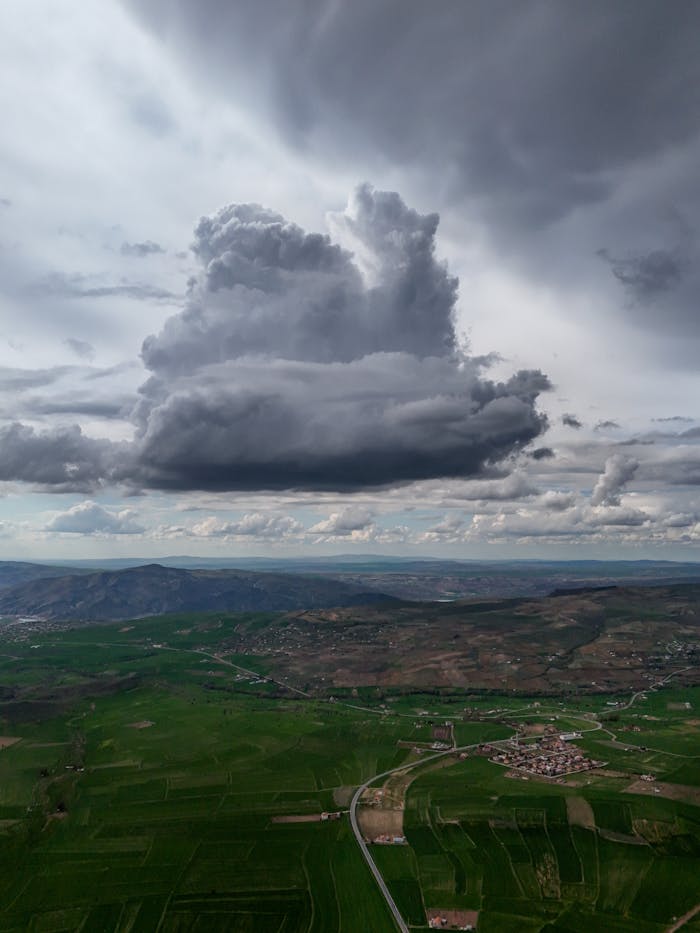Introduction
When severe weather strikes, the consequences can be devastating. Hurricanes, floods, tornadoes, and blizzards disrupt lives, damage property, and endanger communities. Timely information is critical — and that’s where Severe Weather Alert APIs play a vital role. By delivering instant, location-based notifications about extreme conditions, these APIs help governments, businesses, and individuals prepare and respond effectively.
Why Severe Weather Alerts Matter
Weather-related disasters have become more frequent and severe in recent years. According to global studies, billions of dollars are lost annually due to natural disasters, and countless lives are put at risk. Early warnings can:
- Save lives by giving people time to take shelter.
- Reduce property damage by allowing protective measures.
- Ensure continuity for businesses by preparing operations.
- Support emergency responders with actionable data.
What Is a Severe Weather Alerts API?
A Severe Weather Alerts API is a data service that provides:
- Real-time alerts for hurricanes, tornadoes, floods, wildfires, and more.
- Geographically targeted warnings based on latitude/longitude.
- Severity levels and categories for prioritization.
- Integration options for mobile apps, websites, and automated systems.
Instead of relying solely on manual weather bulletins, APIs allow alerts to be embedded directly into applications, platforms, and communication systems for faster delivery.
Benefits of Using Severe Weather Alerts in Disaster Preparedness
1. Proactive Risk Management
Organizations can plan ahead by rerouting logistics, pausing outdoor operations, or securing critical assets when alerts are triggered.
2. Community Safety
Schools, hospitals, and municipalities can send instant notifications to keep citizens safe during emergencies.
3. Business Continuity
Companies can minimize downtime by preparing backup systems, protecting inventory, and communicating delays to customers.
4. Emergency Response Optimization
Rescue teams can use hyper-local data to position resources where they are needed most, saving valuable time.
Key Features of a Reliable Severe Weather Alerts API
When selecting a Severe Weather Alerts API, consider:
- Real-time data delivery with low latency.
- Global coverage to support operations worldwide.
- Webhook support to trigger automated responses.
- Severity filters so businesses can prioritize the most critical alerts.
- Multi-language integration examples (Python, PHP, JavaScript, Java).
Real-World Use Cases
- Emergency apps: Delivering life-saving push notifications to users.
- Insurance companies: Alerting customers of risks to reduce claims.
- Travel and transport services: Notifying passengers about disruptions.
- Government agencies: Broadcasting alerts to communities in real time.
Conclusion
In disaster preparedness, time is the most valuable resource. Severe Weather Alert APIs give people, businesses, and governments the ability to act quickly when danger approaches.
By embedding these alerts into digital platforms, organizations can save lives, reduce losses, and strengthen resilience against the increasing threats of extreme weather.


